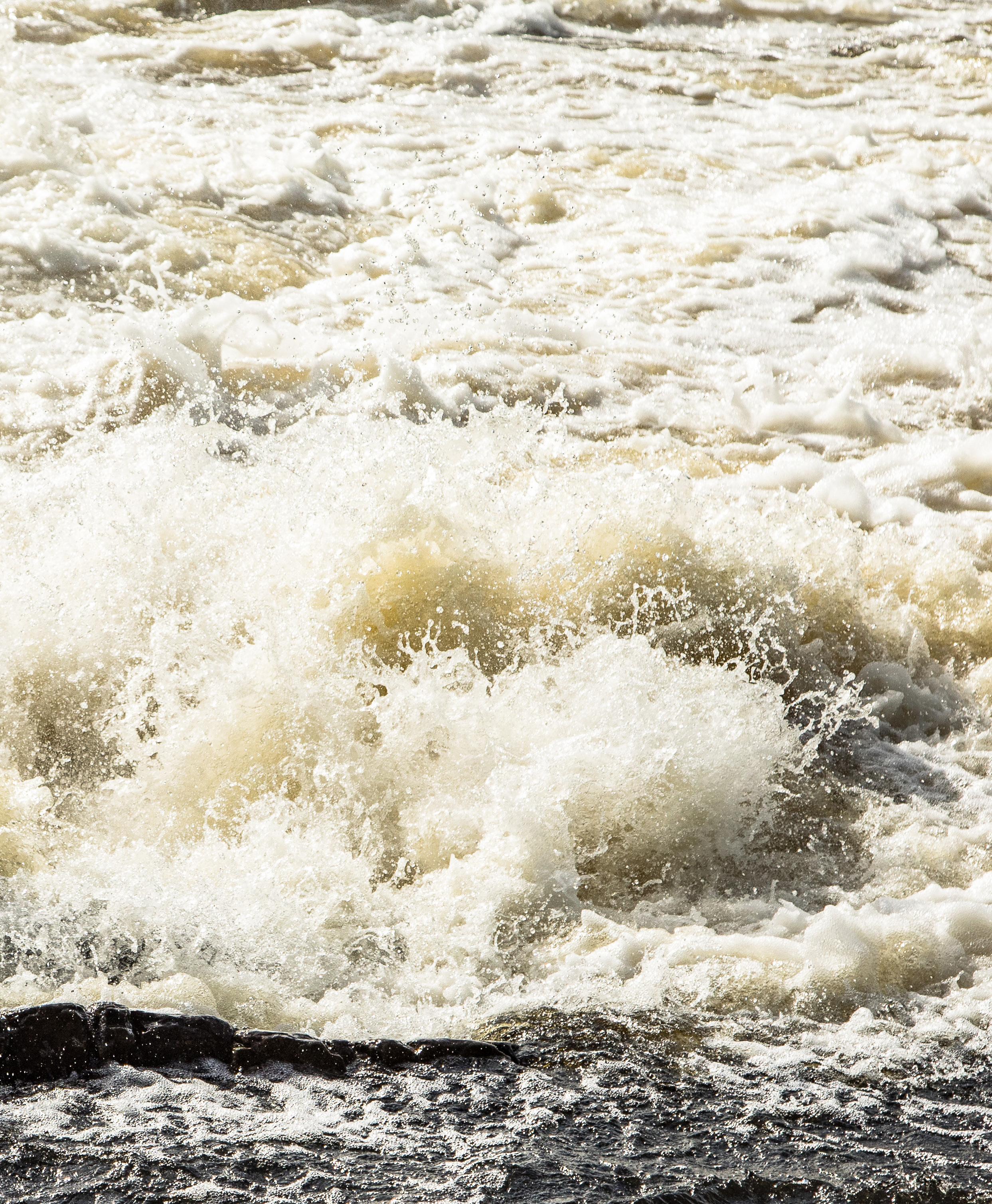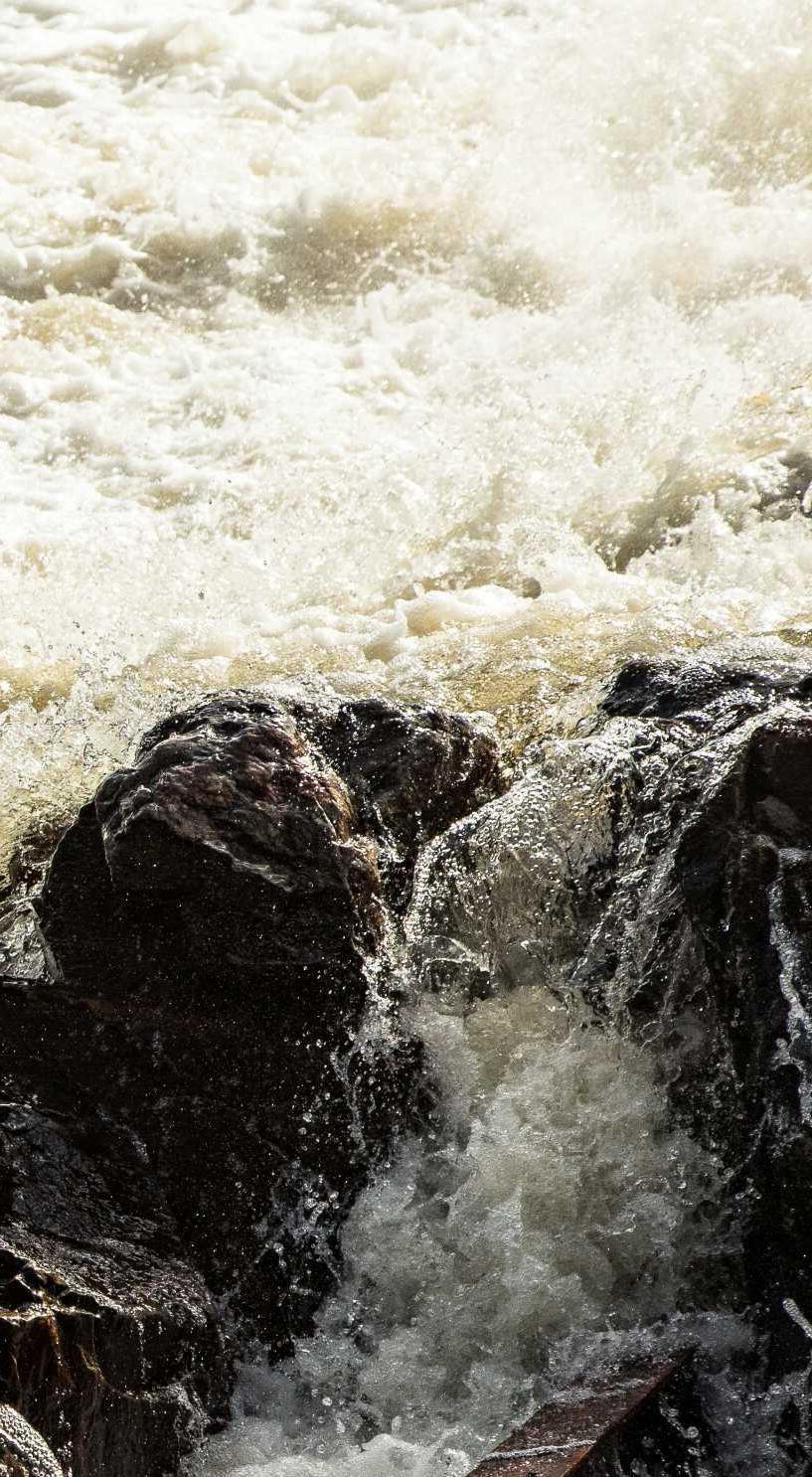
3 minute read
OPINION Water and Electricity Benoit le Roy
TODAY’S resources are so intertwined that we cannot look at them individually any longer. The effects of the current pandemic highlight this matter clearly – their inter-connectedness has left no economic sector unscathed.
We label this inter-connectedness “the nexus of things”.
Advertisement
In the previous edition, we touched on South Africa’s water security and here we look at the energy problems we face. We have to look at the water-energy nexus to understand the issues which require attention.
South Africa’s energy evolution has been tightly linked to the water evolution, driven primarily by the mining rush and subsequent industrialisation. Energy in the form of electricity was required to drive the large mine winders (hoists) and de-watering pumps, which led to the building of large coal-fired power stations at the turn of the 20th century.
The Witwatersrand (ridge of white waters) is on a watershed but the mining boom rapidly exhausted the water sources there. With no large water reserves, the Rand Water Board was established in 1903 to provide water to the Witwatersrand from Springs in the east, and Randfontein in the west, from groundwater.
In the early 1930s, the board started the construction of the Vaal Dam. After its completion in 1938, water was pumped 400m uphill and then to the Reef 80km away.
We also need water to generate electricity in large quantities. Significant volumes of bulk water are pumped from KwaZulu-Natal’s Tugela River to the Integrated Vaal River System at Sterkfontein Dam. It goes uphill over the Drakensberg range through a pumped storage scheme. Sterkfontein is Gauteng’s last-resort water back-up dam and is used to top up the Vaal Dam, when necessary.
A pumped storage scheme is where energy is stored in the form of an elevated dam, in this case the Sterkfontein Dam, and at peak times, some of the stored water in the Sterkfontein dam is released
1 000m downhill, through a set of turbines, to a relatively small lower catchment dam.
The turbines generate electricity that is fed into the national grid at peak times and the water is pumped back up in non-peak times when spare electricity is available.
There is another inter-basin transfer requiring major electricity to pump water from the Vaal Dam uphill 200km to the Grootdraai Dam which supplies cooling water to the massive Kriel and Matla power stations.
These are perfect examples of the water-energy nexus.
With South Africa’s industrialisation, which arose off the back of mining, the demand for electricity increased rapidly. Towns and cities were populated, all of which required electricity.
WITH such large populations, the need for water-borne sanitation gave rise to the building of more than 830 sewage treatment plants in South Africa.
The sewage generated in households, offices and industry is gravitated and pumped by thousands of pumps stations, all requiring electricity. Sewage treatment plants generally require large amounts of electricity to drive the purification process – around 17% of the electricity required by South African municipalities is used for treating sewage and providing water.
So how do we save the associated electricity?
As water is required to produce the electricity in our homes, the easiest way to reduce electricity consumption is to reduce our water consumption.

Benoit le Roy is an environmental alchemist with 40 years of water, waste and energy engineering experience. He is the chief executive and co-founder of the South African Water Chamber established to represent the private water infrastructure sector to collaborate with and assist the government to implement the national water and sanitation master plan. This will not only re-industrialise the water sector but it will also provide a myriad skilled jobs and the opportunity to again export water-related products and expertise globally.

BENOIT LE ROY is the chief executive and co-founder of the South African Water Chamber








